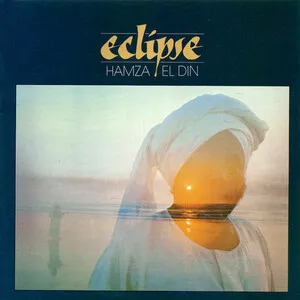Nubian music refers to the traditional and modern musical practices of the Nubian peoples of the Nile Valley, especially in northern Sudan and southern Egypt. It is characterized by pentatonic melodic contours, call-and-response singing, and propulsive percussion patterns built from handclaps and frame drums.
Core timbres include the kisir (Nubian lyre) and oud, along with frame drums (tar/duff), darbuka, and group vocals. Modern ensembles often add electric bass, keyboards, and brass, yielding a buoyant, danceable sound that still foregrounds cyclical melodies and choral refrains. Lyrics appear in Nubian languages (such as Nobiin and Dongolawi/Kenzi) as well as in Arabic, frequently evoking the Nile, communal life, love, and the memory of displacement after the Aswan High Dam.
Across sacred, ceremonial, and social contexts, Nubian music balances earthy rhythmic drive with gentle, flowing melodies. The result is a style that can feel both festive and nostalgic, reflecting a living heritage that bridges village traditions and cosmopolitan stages.
Nubian musical traditions stretch back many centuries in the Nile Valley, with lyre-based song, frame-drum rhythms, and communal choruses integral to weddings, harvests, and social ceremonies. Melodic patterns often gravitated to pentatonic scales, setting them apart from neighboring Arab maqam-based repertoires.
Although the practices are ancient, the modern, widely disseminated profile of "Nubian music" coalesced in the 1960s and 1970s. The Aswan High Dam (completed in 1970) displaced many Nubian communities, and songs of longing for homeland and the Nile became a powerful thread. Egyptian-Nubian oud virtuoso Hamza El Din brought the style to international stages (Newport Folk Festival, collaborations with Western ensembles), while Cairo-based bandleader Ali Hassan Kuban developed an electrified, horn-driven Nubian pop.
In Sudan, Mohamed Wardi fused Nubian melodic sensibilities with Sudanese song forms to become a national icon, while in Egypt, Mohamed Mounir integrated Nubian rhythms and choruses into mainstream pop/rock, introducing the sound to broad audiences in the 1980s–1990s. Recordings and tours during the world-music boom further amplified the profile of Nubian artists.
From the 1990s onward, diaspora projects knit Nubian idioms with jazz, funk, and global pop. Artists and bands such as Alsarah & The Nubatones framed their sound as East African retro-pop, reviving 1960s–1970s Nubian aesthetics with contemporary production. Today, the tradition remains vibrant in Sudan and Egypt as well as in global cities, balancing preservation with innovation.




%2C%20Cover%20art.webp)



